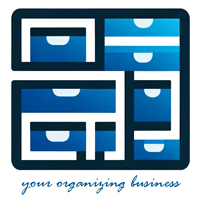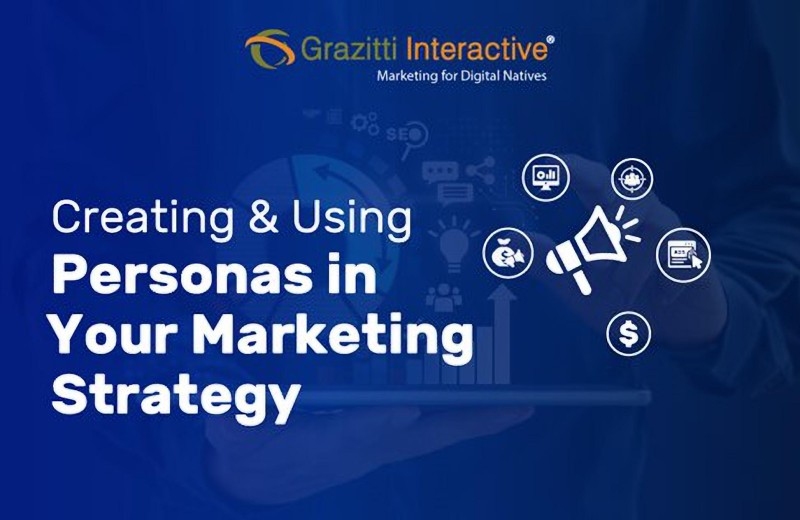How To Use Simple Data Signals To Find Clients Who Actually Need Your Organizing Or Productivity Services
This page may contain links to Amazon.com or other sites from which I may receive commission on purchases you make after clicking on such links. Read my full Disclosure Policy

If you’ve ever wondered how to find clients who truly need your help, you are not alone.
Many organizers and productivity consultants rely on referrals or local advertising. Those methods can work, but they are often unpredictable. What if you could identify businesses that are already showing signs that they need your support?
That is where data signals come in. These are small, public pieces of information that hint at what is happening inside a company. You do not need to be a tech expert to use them. You just need to know what to look for.
1. What Are “Data Signals”?
A data signal is any public clue that shows a company is changing or growing. Think of them as digital breadcrumbs, small updates that tell you where opportunity might be hiding.
Examples include:
- Job postings for new roles
- News about funding or partnerships
- Announcements about new offices or service launches
Each of these signals means something is shifting inside the business. Change often brings new challenges such as more people, more processes, and more room for disorganization or inefficiency. These are the moments when your skills as an organizer or consultant can make a big difference.
2. Spot Businesses in Growth Mode
Growth is one of the easiest signals to track and one of the most valuable.
When a company starts hiring multiple people or expanding into new locations, it is a clear sign that they are outgrowing their current systems. For example:
- A marketing agency adding five new employees might soon need help organizing files and workflows.
- A tech startup hiring project managers is probably trying to bring structure to fast growth.
- A service business opening a second location may need help standardizing communication and procedures.
You can find these clues by checking LinkedIn company pages, job boards, or setting Google Alerts for local businesses hiring in your area.
If you want a more automated approach, PredictLeads tracks millions of job openings every day across 100 million companies. It is an easy way to see which businesses are expanding and might benefit from your services.
3. Follow News Events for Hidden Opportunities
Another useful type of signal comes from company news.
A business that has recently received funding, launched a new product, or announced a partnership is entering a busy stage. These changes usually mean new hires, new workflows, and new stress points.
That is where you can help by offering systems and structure before the chaos sets in.
You can find these updates through articles, blog posts, or local business websites. PredictLeads’ News Events dataset also categorizes this type of information automatically so you can quickly see which companies in your region are changing or growing.
4. Combine Signals for Perfect Timing
The most valuable opportunities appear when multiple signals happen at once.
Imagine a local business that has just announced a funding round and also posted several new job openings. That combination tells you two things: they have money to invest and they are scaling quickly.
That is the perfect time to reach out, not with a sales pitch but with a relevant and thoughtful message.
Example:
“Hi, saw that your company is expanding and hiring new team members. Congratulations! I specialize in helping growing businesses streamline their processes so teams can stay organized and efficient. Would you be open to a short chat?”
You are not selling; you are offering practical help based on real information.
5. Build a Simple System
You can start small.
- Create a spreadsheet to track companies that interest you.
- Add notes about what you notice such as job openings, expansion, or partnerships.
- Check it once a week to see if new opportunities appear.
Even tracking five or ten companies can lead to strong leads.
When you are ready to automate, data providers like PredictLeads can send job and news data directly into your workflow so you always see what is new without spending hours searching.
6. From Signals to Relationships
The goal is not just to find companies but to connect with people.
When you mention a real update or event in your outreach, you show that you have done your homework and that your message is relevant. That simple detail turns cold outreach into a friendly, helpful introduction.
Organizers and productivity consultants are in the perfect position for this because your service is built on understanding people and improving their systems. When you combine that human insight with the right data, you stand out immediately.
Final Thoughts
Finding the right clients does not have to be a guessing game. By learning to spot data signals like job openings and company news, you can identify businesses that are ready for your help.
It is a smarter, more strategic way to grow your business. Instead of waiting for clients to find you, you can find them first.
Photo by Mike Jones




Thought-provoking idea here. I don’t primarily serve businesses, but I think the same idea can apply even for those of us who work with individuals. We can keep an ear out for someone who mentions they are considering downsizing, or announces they have a new baby on the way. Maybe are on the job hunt.
Admittedly, these are not automated. However, the common thread for me is to know what to be looking and listening for so you can offer assistance right when it is most needed.
Great post, Janet! Your post has made me think about different ways to find opportunities. I agree with you: reaching out and sharing your services without being too pushy helps spread the word to the right client. I had a client some years ago, and I conducted research for her in her executive coaching business (where her clients are online and in the area, what they are looking for, etc). It worked well for her and brought her the clients she wanted to work with.
My initial read was “Yeah, this is great for professional organizers who work with companies. But this is a minority of our profession.” However, it reminds me that I work with a lot of solopreneurs and professionals in small businesses, and when I first started, really did pay a lot more attention to business trends and read news about professionals I expected to encounter at networking events. Of COURSE I should be doing more of this, and I wonder how I got away from that.
But I also recognize what Seana said, above, that we need to keep our ears pricked to listen for these kinds of clues among those in our community; yes, the data stream is far less precise, but increasing our awareness of potential opportunities is a win all-around. Nifty topic.
Someone I knew who rented storage bins kept an eye open for companies who’d been awarded construction projects and reached out to them. I think having access to this type of information, whether through automation or your own research, is key to that kind of targeted outreach.